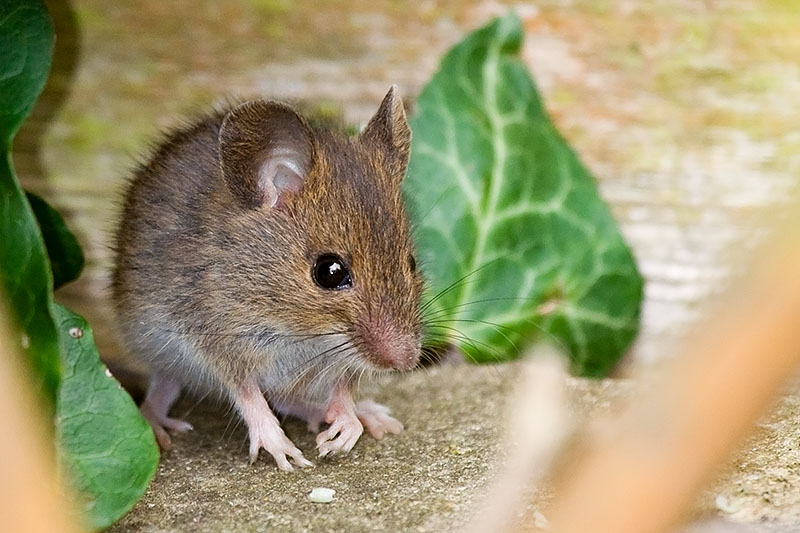Many years ago when I lived in an old house in London I woke up one Sunday morning with a mouse on my chest ... it was a flying mouse - although up to that point in its life it had never flown before  Anyhoo - that was our old immigrant friend Mus domesticus, a species that originally arrived from Asia on traders boats. The house mouse is responsible for much of the bad image of mice. It is the house mouse that gnaws at skirting boards and leaves that mousey odour. Its true that our native mice also take the opportunity to eat whatever they can find in our houses if we are untidy enough to tempt them inside in the first place, but they tend to spend most of the time in their natural habitat of mature woodland and hedegrows. Years later I had my next encounter with mice in the house ... this time a family of yellow necked mice (Apodemus flavicollis) decided to nest in the roof space of the farm workers cottage we lived in. The yellow-necked mouse is very similar to its cousin the wood mouse (sometimes also called the field mouse), but gets its name from the thick yellow band of fur that stretches between its forelegs. The wood mouse is passive when handles, but the yellow-necked mouse squeals and struggles. Unless you live in the South of England or the South of Wales, you are unlikely to see a yellow-necked mouse. The wood mouse on the other hand is our most abundant natural rodent.
Anyhoo - that was our old immigrant friend Mus domesticus, a species that originally arrived from Asia on traders boats. The house mouse is responsible for much of the bad image of mice. It is the house mouse that gnaws at skirting boards and leaves that mousey odour. Its true that our native mice also take the opportunity to eat whatever they can find in our houses if we are untidy enough to tempt them inside in the first place, but they tend to spend most of the time in their natural habitat of mature woodland and hedegrows. Years later I had my next encounter with mice in the house ... this time a family of yellow necked mice (Apodemus flavicollis) decided to nest in the roof space of the farm workers cottage we lived in. The yellow-necked mouse is very similar to its cousin the wood mouse (sometimes also called the field mouse), but gets its name from the thick yellow band of fur that stretches between its forelegs. The wood mouse is passive when handles, but the yellow-necked mouse squeals and struggles. Unless you live in the South of England or the South of Wales, you are unlikely to see a yellow-necked mouse. The wood mouse on the other hand is our most abundant natural rodent.


